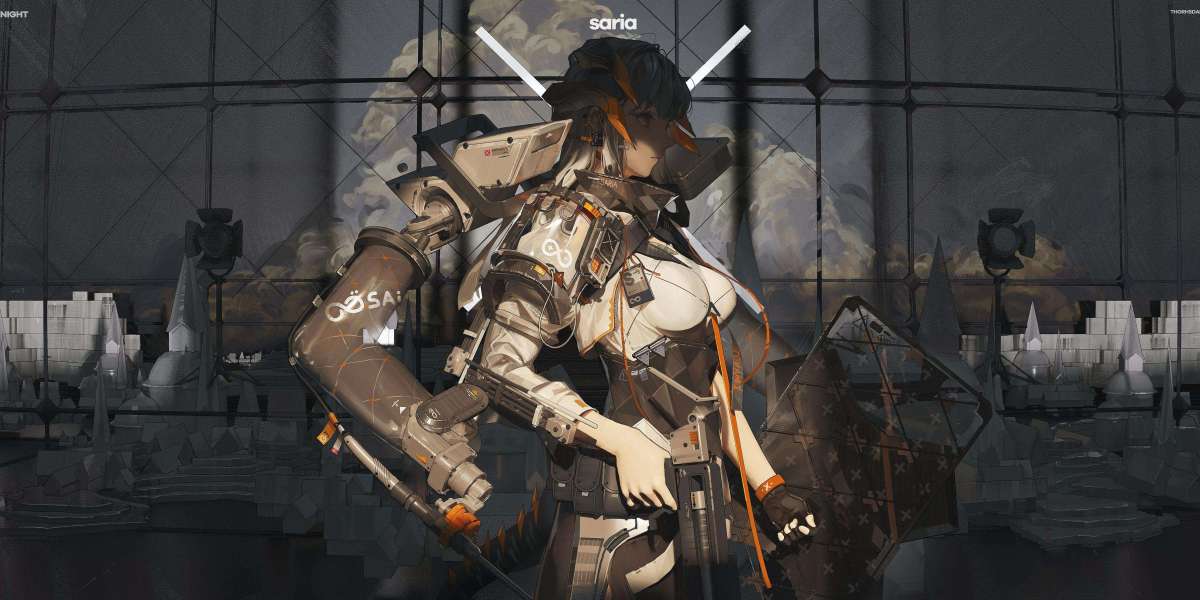When it comes to computer numerical control (CNC) machines, the CNC controller plays a crucial role in the overall functionality and performance. In this article, we will delve into the world of CNC controllers, exploring their key features, functions, and benefits. Whether you are a beginner or an experienced CNC enthusiast, this comprehensive guide will provide you with all the information you need to know about CNC controllers.
The Basics of CNC Controllers
At its core, a CNC controller is a device that manages the operation of a CNC machine. It receives instructions from a computer or a control panel and translates them into precise movements and actions. The CNC controller acts as the brain of the CNC system, ensuring that the machine executes the desired tasks accurately and efficiently.
One of the key components of a CNC controller is the microprocessor, which processes the incoming instructions and generates the necessary signals to control the machine's motors, drives, and other components. The controller also includes various input and output interfaces, allowing for communication with external devices such as sensors, switches, and displays.
The Functionality of CNC Controllers
CNC controllers offer a wide range of functionalities that enable users to control and optimize the performance of CNC machines. These functionalities include:
1. Motion Control
The primary function of a CNC controller is to control the motion of the machine's axes. It receives instructions specifying the desired positions, speeds, and accelerations, and then generates the necessary signals to drive the motors and move the axes accordingly. This precise control over motion allows for the accurate machining of complex shapes and contours.
For example, when machining a curved surface, the CNC controller calculates the required movements and adjusts the axes accordingly to maintain a consistent cutting depth and contour. This level of control ensures high precision and repeatability in the machining process.
2. Program Execution
CNC controllers are capable of executing complex machining programs, which are typically written in a programming language specific to CNC machines, such as G-code. The controller interprets the program instructions and executes them step by step, coordinating the movements of the axes, spindle, and other machine components.
For instance, a CNC controller can execute a program that involves drilling holes at specific locations, milling pockets with intricate shapes, or engraving detailed patterns. The ability to execute such programs with precision and speed makes CNC machines highly versatile and efficient in various manufacturing applications.
3. Tool Management
CNC controllers also provide features for managing the tools used in the machining process. These features include tool length compensation, tool change procedures, and tool wear monitoring. By accurately managing the tools, CNC controllers ensure optimal machining performance and reduce the risk of tool breakage or damage.
For example, if a tool becomes worn or broken during the machining process, the CNC controller can automatically detect the issue and prompt the operator to replace the tool. This proactive tool management helps to minimize downtime and maintain the quality of the machined parts.
4. Feedback and Monitoring
CNC controllers incorporate feedback mechanisms to monitor the machine's performance and provide real-time information to the operator. This feedback can include data on spindle speed, cutting forces, temperature, and other relevant parameters. By monitoring these variables, operators can make informed decisions to optimize the machining process and ensure the safety and efficiency of the machine.
For instance, if the CNC controller detects an abnormal increase in cutting forces, it can alert the operator to adjust the cutting parameters or inspect the tool for wear. This proactive monitoring helps to prevent tool breakage, reduce scrap rates, and improve overall productivity.
The Benefits of CNC Controllers
CNC controllers offer numerous benefits that make them indispensable in modern manufacturing environments. Some of these benefits include:
- Precision: CNC controllers enable precise control over the machine's movements, resulting in high accuracy and repeatability in the machining process.
- Efficiency: By automating the machining process, CNC controllers significantly reduce the time and effort required to produce complex parts.
- Versatility: CNC controllers can execute a wide range of machining operations, making them suitable for various industries and applications.
- Safety: With built-in monitoring and feedback mechanisms, CNC controllers help to ensure the safety of the machine and the operator.
- Productivity: The combination of precision, efficiency, and versatility offered by CNC controllers leads to increased productivity and reduced production costs.
In conclusion, cnc controllers are essential components of CNC machines, providing the necessary control and functionality to achieve precise and efficient machining. By understanding the basics of CNC controllers and their functionalities, you can make informed decisions when selecting and operating CNC machines. So, whether you are a hobbyist or a professional in the manufacturing industry, familiarize yourself with CNC controllers, and unlock the full potential of CNC technology.








